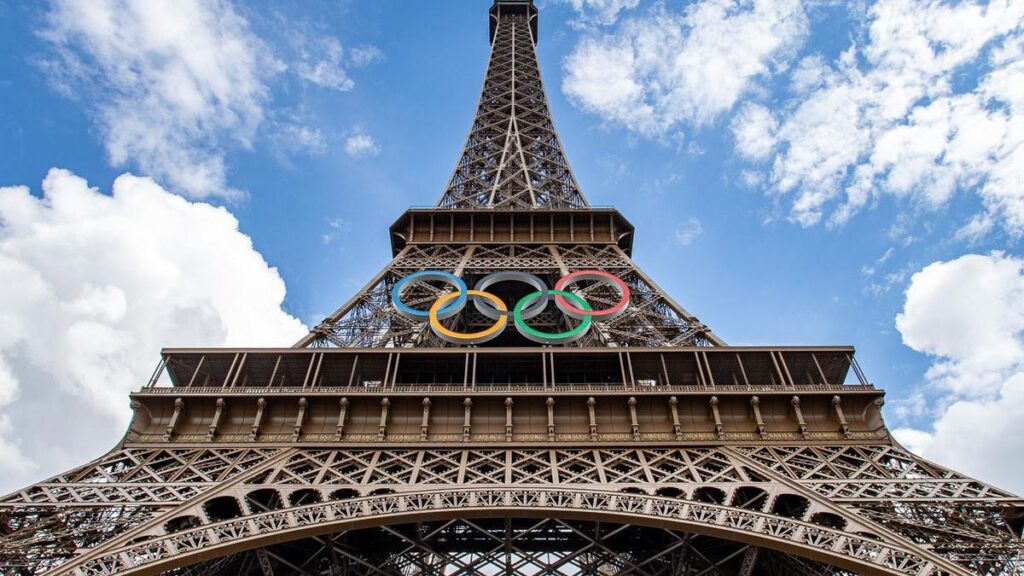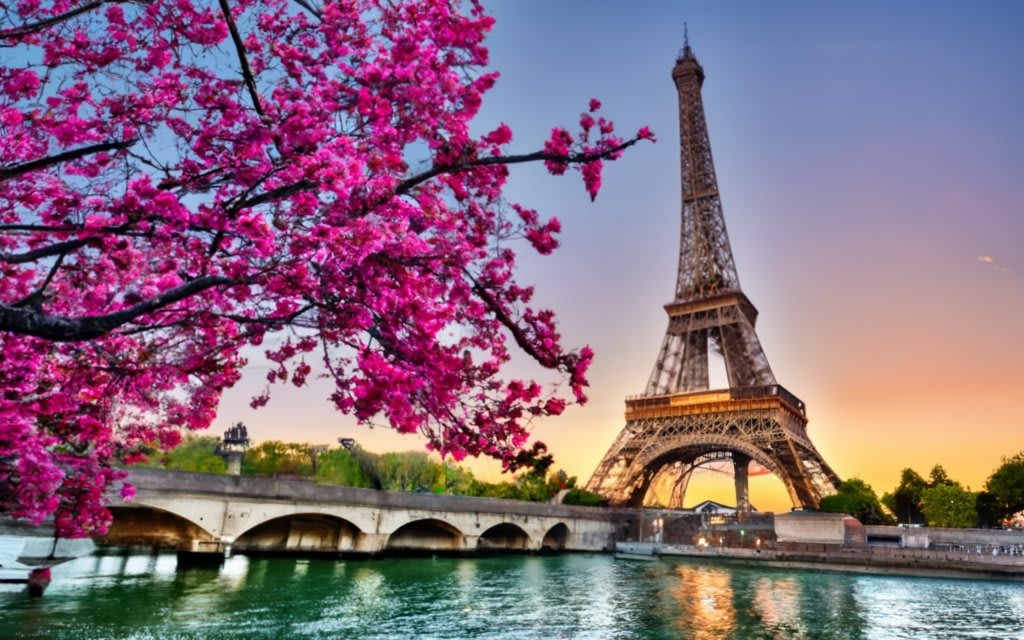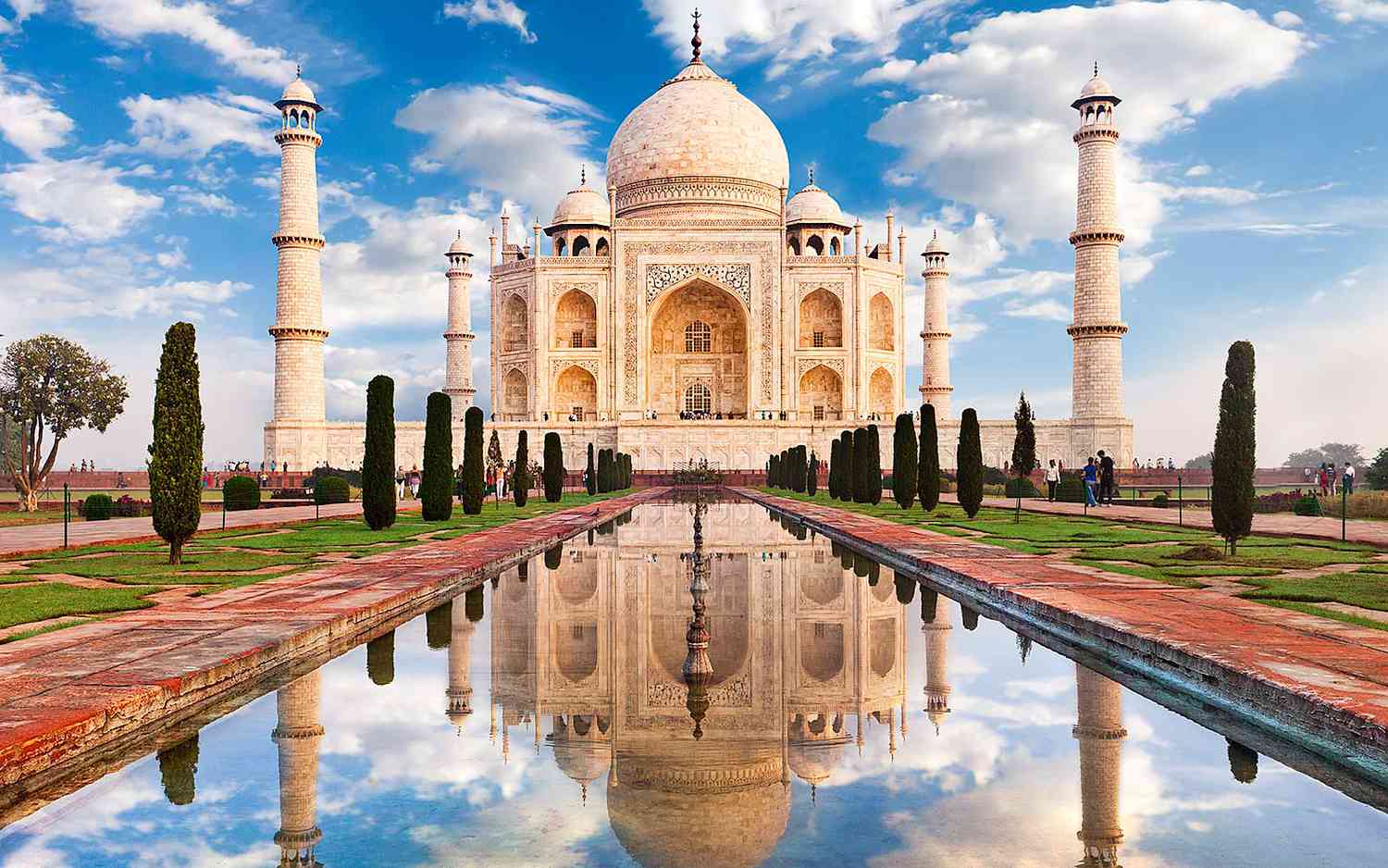
A quite different first edition
Sauvestre proposed stonework pedestals to dress the legs, monumental arches to link the columns and the first level, large glass-walled halls on each level, a bulb-shaped design for the top and various other ornamental features to decorate the whole of the structure. In the end the project was simplified, but certain elements such as the large arches at the base were retained, which in part give it its very characteristic appearance.
The curvature of the uprights is mathematically determined to offer the most efficient wind resistance possible. As Eiffel himself explains: “All the cutting force of the wind passes into the interior of the leading edge uprights. Lines drawn tangential to each upright with the point of each tangent at the same height, will always intersect at a second point, which is exactly the point through which passes the flow resultant from the action of the wind on that part of the tower support situated above the two points in question. Before coming together at the high pinnacle, the uprights appear to burst out of the ground, and in a way to be shaped by the action of the wind”.


